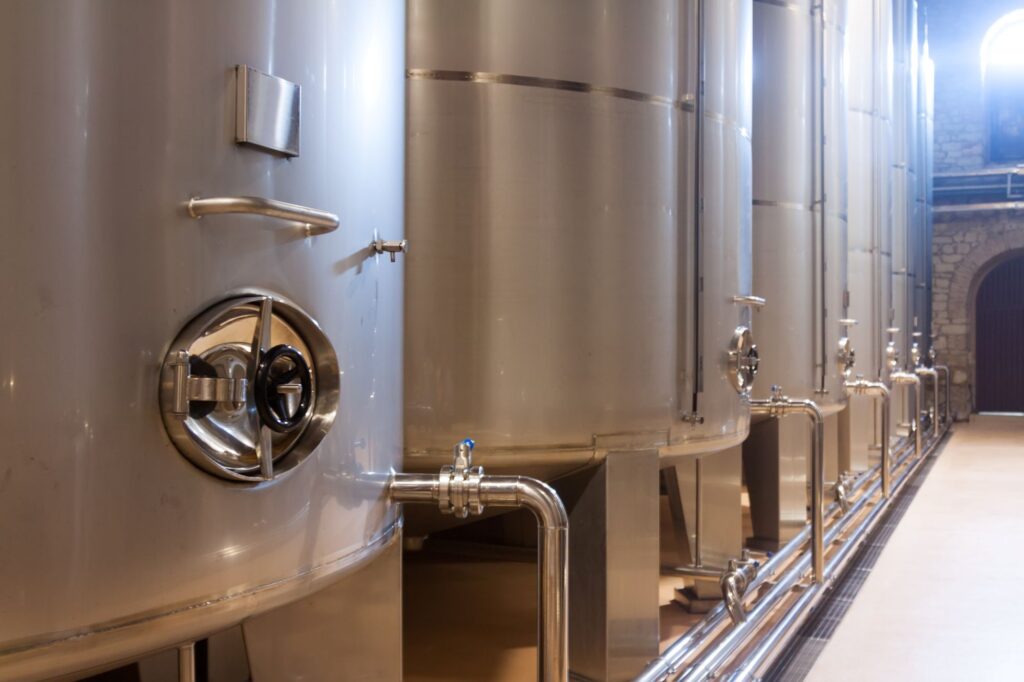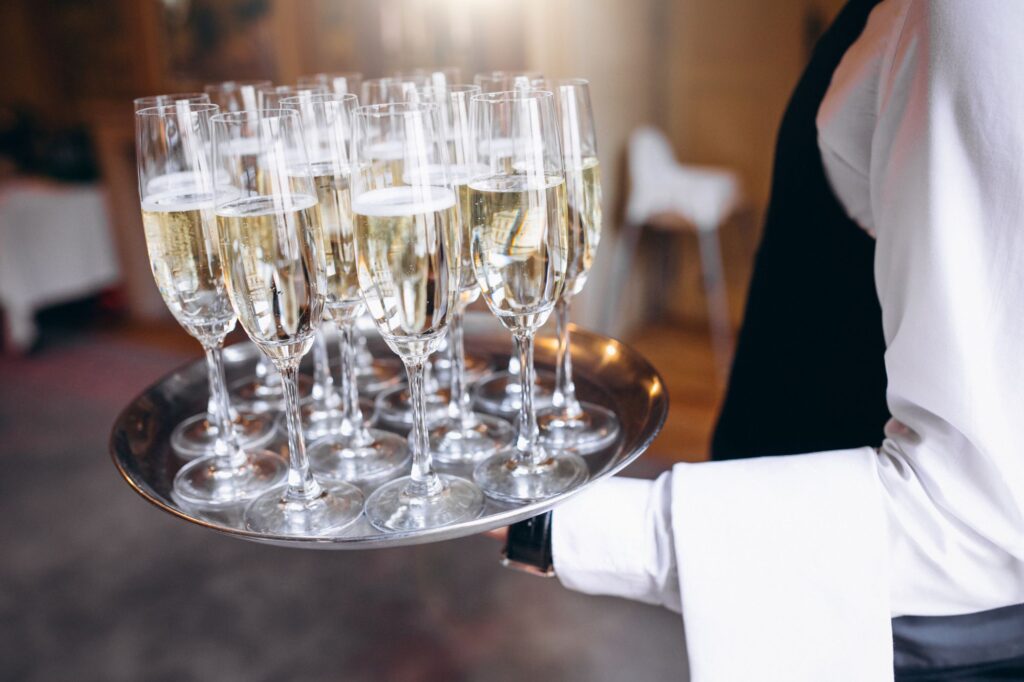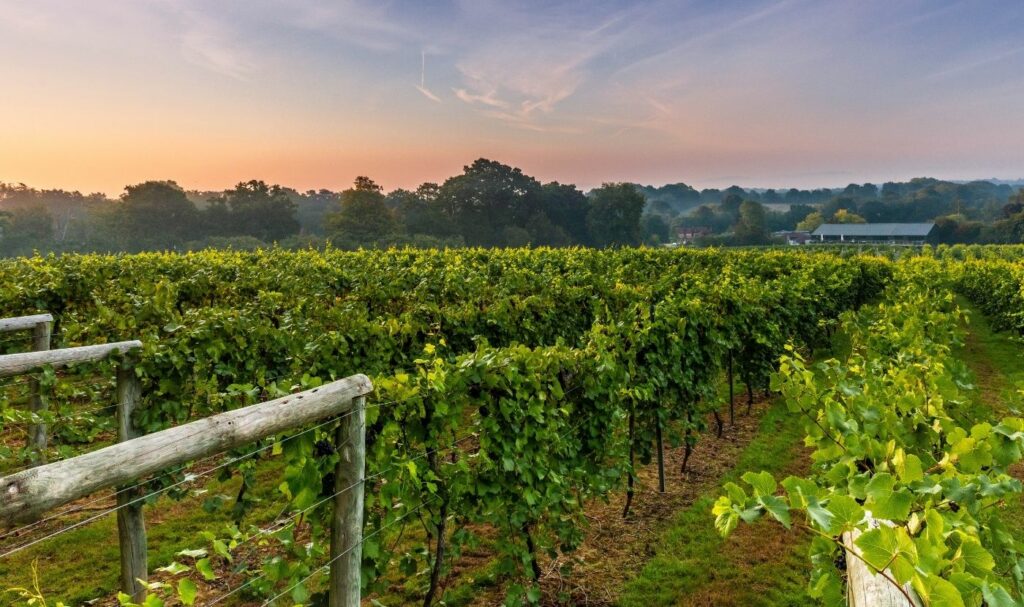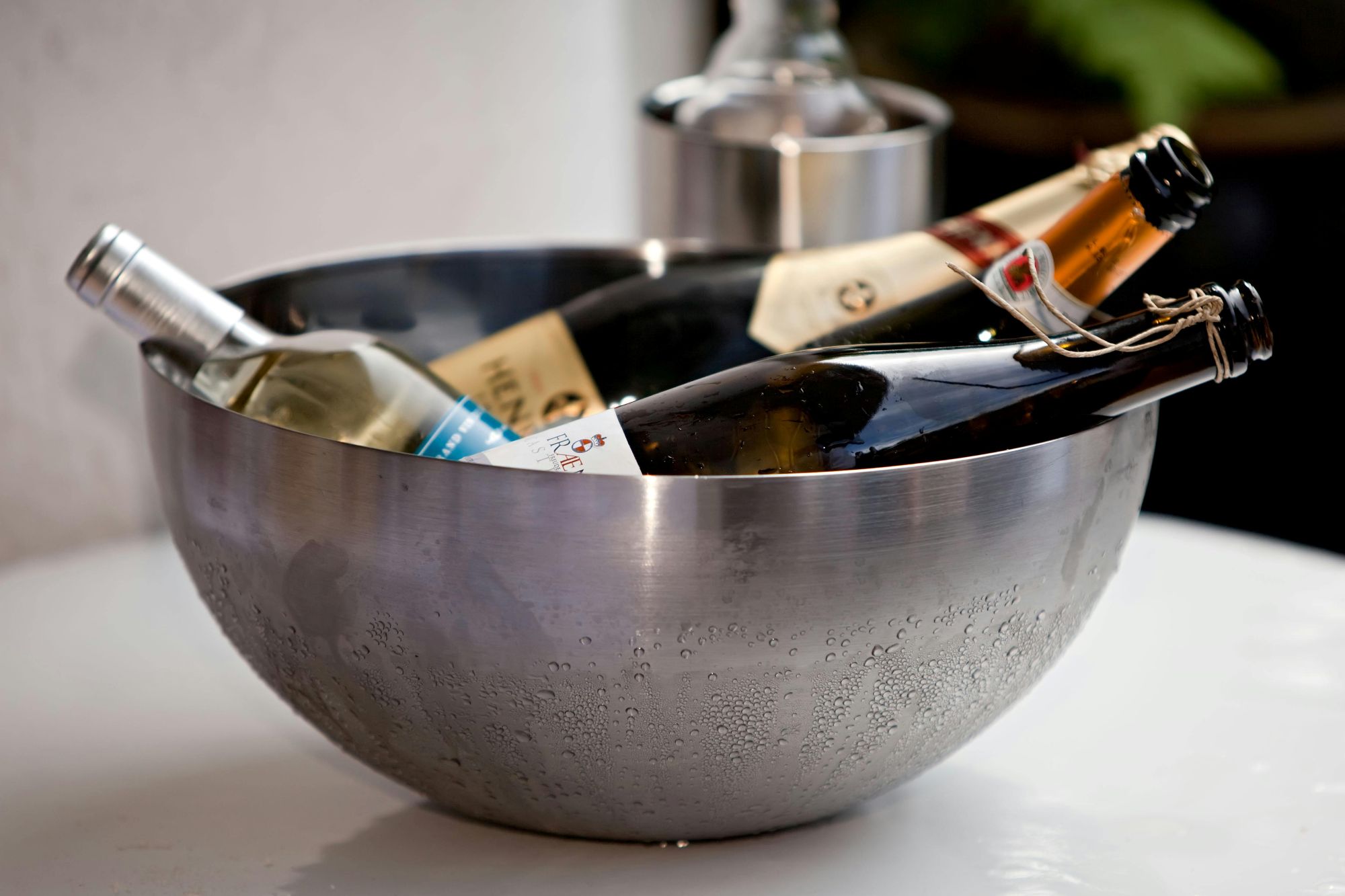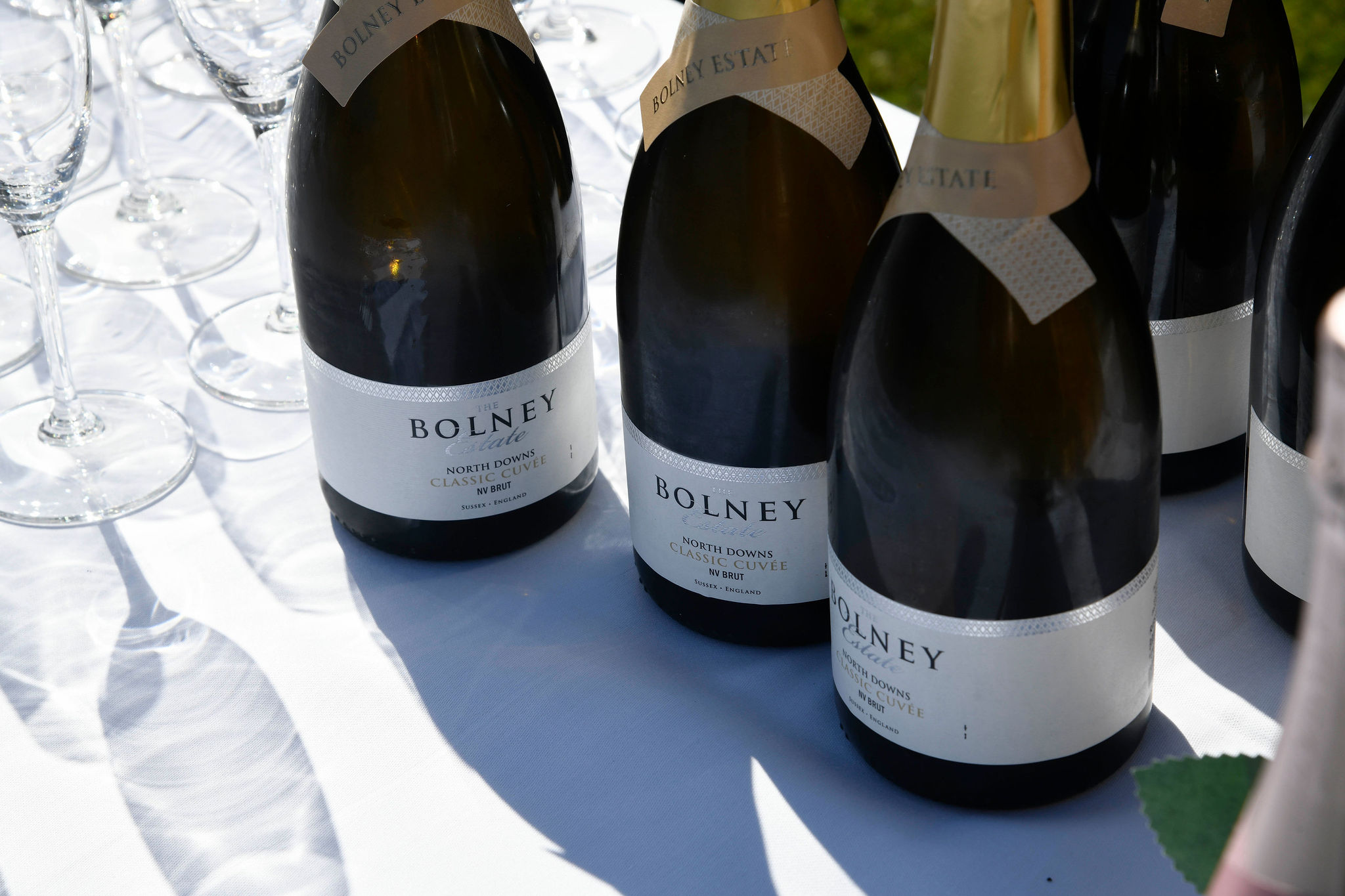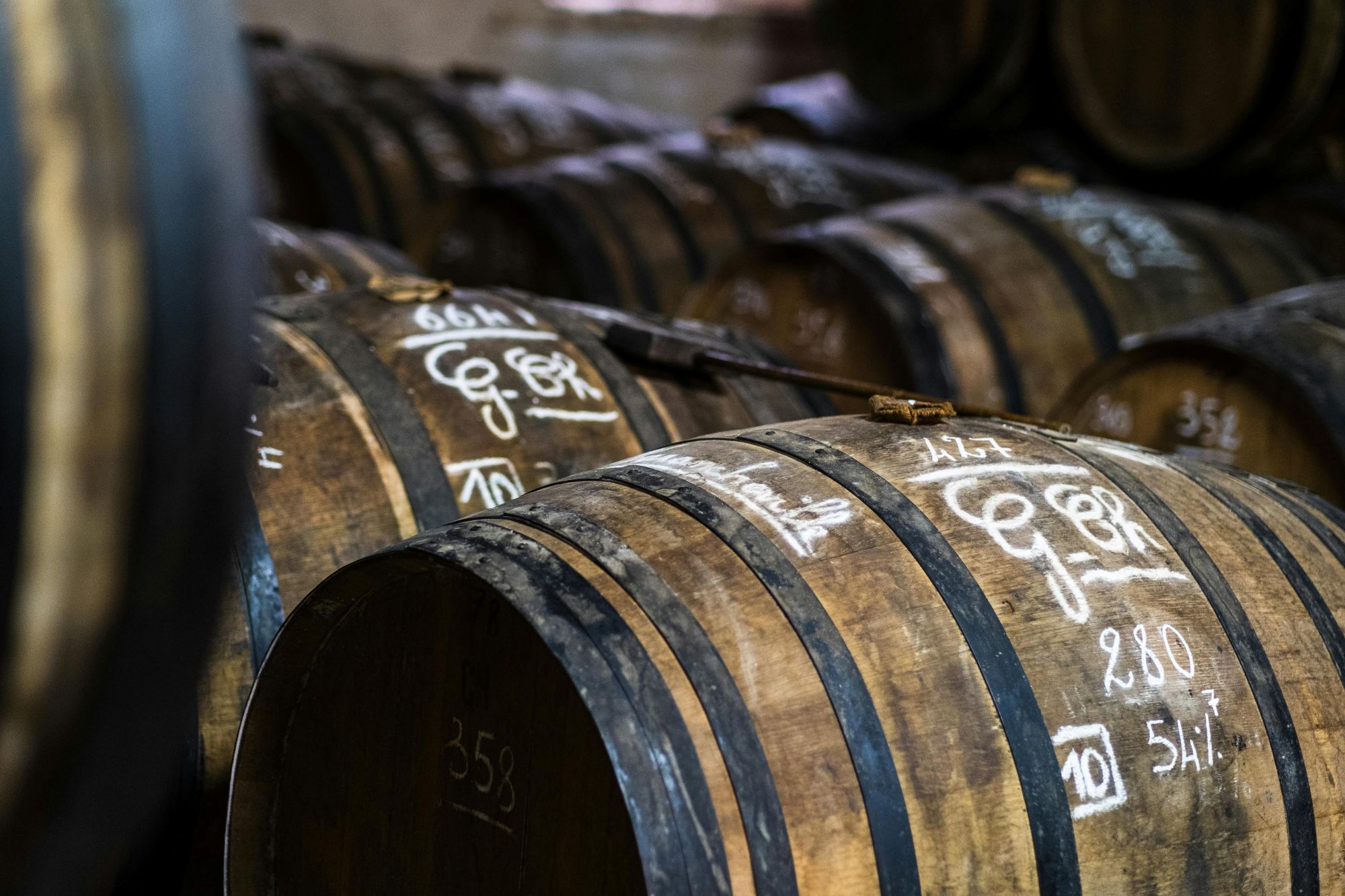Sparkling wine is one of life’s little luxuries, and understanding how it is made can transform the way you choose and enjoy it. The production method shapes the flavour, texture, and style of the wine, and even affects the price you pay.
From Champagne in France to Prosecco in Italy, Crémant across France, and Cap Classique in South Africa, sparkling wines differ in texture, bubble size, and flavour. English sparkling wine is often noted for its elegant structure and refined character.
This guide explains the main ways sparkling wine is made, what to expect from each style, and practical tips for enjoying it at home.
The Basics of Sparkling Wine Production
Every journey begins in the vineyard. Grapes are nurtured to peak ripeness, then pressed gently to release the juice. Yeast and nutrients are added to start fermentation, creating the base blend, or cuvée. Winemakers select yeast strains to bring out desired flavours, whether crisp and citrusy or rich and nutty.
Fermentation transforms sugar into alcohol. Yeast leaves deposits called lees, which remain in the wine for a period to develop subtle aromas and texture. Ageing on the lees adds depth, producing sumptuous notes reminiscent of brioche, pastry, or apple pie.
Most sparkling wines are blends of several grape varieties. A sparkling wine made entirely from white grapes is called Blanc de Blancs and is known for its finesse and delicate flavour.
Five Ways to Make Sparkling Wine
1. Traditional Method
Used for: Champagne, premium English sparkling wines from Sussex, Kent, Hampshire, Cornwall, Cava, Franciacorta, Crémant
Regarded as the gold standard, the Traditional Method involves a second fermentation in the bottle, creating fine bubbles and complex flavours. Here is the process:
- Base wines are blended into a cuvée – a mixture of wines chosen to achieve a balanced flavour and style.
- Sugar and yeast are added for secondary fermentation in the bottle. This is when bubbles form naturally.
- Wine ages on the lees – the finished yeast cells left after fermentation – adding texture, richness, and subtle flavours such as brioche or almond.
- Bottles are gradually tilted in a process called riddling, so sediment collects in the neck and is then removed through disgorgement by freezing and removing the sediment.
- Lost wine is replaced with a wine-and-sugar mixture (dosage) before corking, balancing flavour and sweetness.
English sparkling wines using this method are particularly refined, with a layered tasting profile.
2. Transfer Method
Used for: Large or unusual bottle sizes made in the Traditional Method
For magnums and other oversized bottles, the Transfer Method avoids individual riddling and disgorgement. The wine is filtered under pressure to remove lees before rebottling, preserving the finesse of traditional-method sparkling wine with slightly less effort. Wines produced this way remain fresh and lively, though they lack the richer, toasty notes that develop from extended ageing on the lees.
3. Charmat Method
Used for: Prosecco, Sekt, some Crémants
Secondary fermentation occurs in stainless steel tanks. Sugar, yeast, and clarifying agents generate carbonation, and the wine is filtered and bottled under pressure. Wines made this way are lively, approachable, and fresh. Charmat wines are quicker and less expensive to produce, making them perfect for light, everyday fizz.
4. Ancestral Method
Used for: Pétillant Naturel (Pét-nat) in Loire, Jura, Catalonia (Spain)
Ancestral is one of the oldest sparkling wine techniques. Fermentation is halted early by chilling, then the sparkling wine is bottled while still fermenting. Carbon dioxide forms naturally, with no added sugar or wine at disgorgement. Each bottle has subtle variations in bubbles, aroma, and flavour. Wines made using this method are lively, lightly sparkling, and offer a unique, artisanal character.
5. Carbonation Method
Used for: Budget-friendly sparkling wines, including entry-level Prosecco, Italian Moscato, supermarket-brand sparkling wines
The simplest method of all when making sparkling wine. Carbon dioxide is added directly into still wine to create the bubbles. Without a secondary fermentation, production is much quicker and more cost-effective. The bubbles are lively and fun, perfect for casual gatherings or an impromptu toast, but the wines tend to lack the depth and subtle yeast-driven complexity found in traditional or tank-fermented sparkling wines. The Carbonation Method allows sparkling wine to be approachable, affordable, and ready to enjoy without the long ageing process.
Which Sparkling Wine Method Is Best?
No single production method is “objectively the best,” but research and expert tasting notes show that different techniques tend to produce different styles and levels of complexity. Which one you prefer comes down to what you personally enjoy in your glass.
Bottle-Fermented Wines: Champagne and English Sparkling
For many wine experts, the traditional method remains the benchmark for high‑quality sparkling wine. Because the second fermentation happens in the bottle and the wine ages on the lees, it develops fine, persistent bubbles and richer, savoury aromas that many people associate with premium fizz, such as Champagne or fine English sparkling wine.
Scientific research shows that after the second fermentation in the bottle, dead yeast cells (lees) continue to interact with the wine, slowing oxidation and helping preserve delicate aromas and texture as the wine ages. In the traditional method, sparkling wines are aged on the lees, which actively consume small amounts of oxygen, supporting freshness and contributing to complex flavour over time.
Tank-Fermented Wines: Prosecco and Similar Styles
Compared with traditional‑method wines, sparkling wines made using faster processes, such as the tank method, tend to emphasise freshness and fruit clarity rather than depth from ageing. Tank‑method fizz, like many Proseccos, often feels vibrant and juicy on the palate because it spends less time on dead yeast cells and is bottled sooner.
Ancestral Wines: Pétillant Naturel (Pét-nat)
Wines made using the ancestral method are bottled before the first fermentation finishes, so the bubbles form naturally in the bottle rather than being added later. The fizz tends to be lighter and the bubbles smaller. Each bottle can taste slightly different, because the process is less controlled than in traditional or tank methods. Some studies also note that these wines can produce noticeable foam when poured and have distinctive flavour profiles, which makes them fun and unpredictable to drink.
Carbonation Wines: Entry-Level Prosecco, Italian Moscato, Supermarket Brands
Simpler approaches, such as direct carbonation, produce lively fizz, but they do not develop the same depth of texture or layered flavours as methods involving natural fermentation. For example, a study of Australian sparkling wines looked at the different ways they are made. Wines that were bottle‑fermented using the traditional method usually scored highest for quality. Wines that had bubbles added artificially (carbonated wines) tended to taste simpler and had foam that didn’t last as long. The longer-lasting foam and richer flavours in traditional wines come from natural yeast and proteins that develop during fermentation.
So, Which is Best?
In summary:
- Bottle‑fermented wines (traditional method) often show the greatest complexity, longevity, and elegant bubble texture.
- Tank‑fermented wines (tank method) are fresher and fruitier, ideal for early drinking.
- Ancestral wines can surprise with lively bubbles and personality, but vary more widely in style and quality.
- Carbonated wines are quick and affordable but generally simpler in taste and structure.
For many drinkers seeking premium yet approachable sparkling wine, bottles made by traditional methods — whether from Champagne, Crémant, Cava, or English vineyards — strike a satisfying balance of fine bubbles, subtle complexity, and graceful ageing potential. And because most English sparkling wines follow these careful winemaking steps, they offer a style that is both refined and reassuringly expressive for a wide range of occasions.
Experience English Sparkling Wine at Bolney Wine Estate
See the Traditional Method in action at Bolney Wine Estate. Guided tours lead you through the vineyard and winery, revealing how grapes become award-winning English sparkling wine. Discover how techniques such as lees ageing, riddling, and disgorgement are used, then enjoy a tutored tasting in the Sussex countryside.
Book a tour and tasting to see sparkling wine production in motion and savour premium English fizz at its finest.




